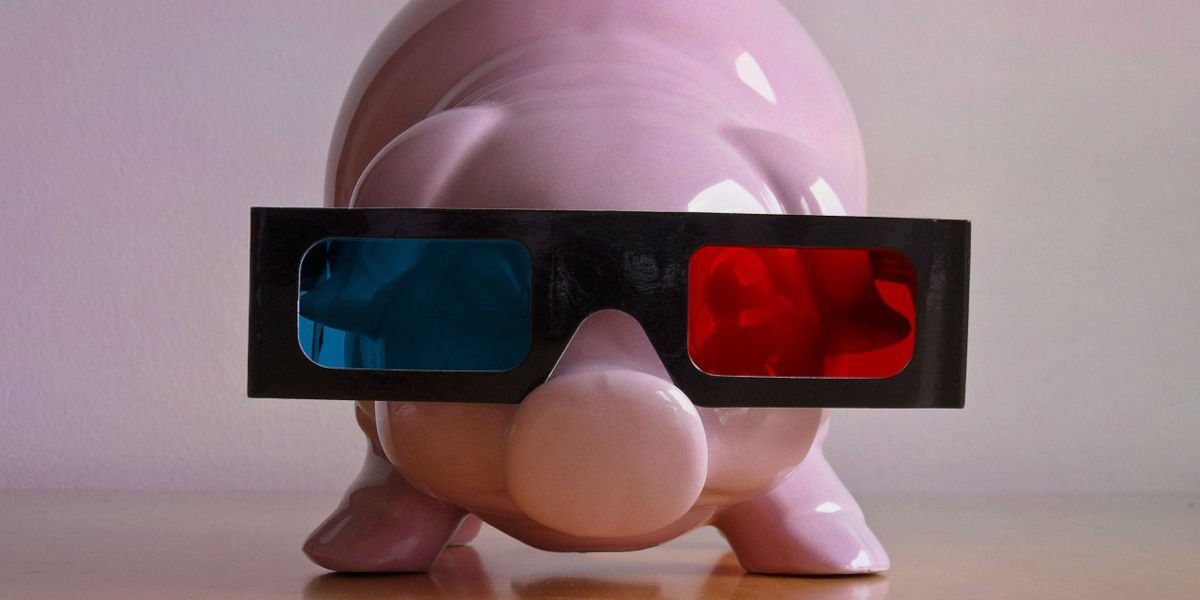It hardly takes any effort to recall the first time we donned those clumsy glasses and became part of a world beyond the ordinary two dimensions. Images protruded out of the screen, and for a moment, we felt a jolt of excitement run through our spines. It was a surreal journey into the heart of entertainment. But as we settled into this intricate spectacle, an air of skepticism seeped in - are these 3D movies a game-changing revolution in the realm of entertainment, or merely a gimmicky addition designed to incite curiosity among the audience?
The Popularity of 3D Films: A Deep Dive
Whether you call it an innovative immersion or expensive entertainment, there's no denying that 3D cinema has witnessed a meteoric rise in pop culture over the last decade. Some of the highest-grossing films of our time greatly owed their commercial success to 3D technology. Blockbuster franchises like Star Wars, Marvel Cinematic Universe, and Avatar didn't just boost the popularity of 3D films but genuinely transformed our cinematic experience.
The thrill of visuals leaping off the screen, backed by an engaging storyline, concocted a surreal blend of art and technology. This novelty was no longer confined to the isolated terrain of amusement parks and quickly spilled over to the mainstream cinema, sparking a revolution and inevitably, triggering a heated debate: Are 3D movies just a gimmick or the future of storytelling?
Are 3D Movies Just a Gimmick? The Counter-Argument
While the 3D cinema experience sends a rush of adrenaline through our veins, breaking the fourth wall, the question comes back in a loop: are we paying a premium price for an oversimplified gimmick? The entertainment industry has been accused, quite often, of using buzzword technologies to make a quick buck while providing marginal utility to the audience.
As we step further into the narrative, we'll continue our discourse critically analyzing the facets of 3D cinema, exploring its impact, and attempting to derive a balanced resolution about it. Whether 3D Movies are an innovative immersion into the depths of storytelling or an expensive ploy to charm the audience into buying costly tickets - let's delve deeper and demystify this conundrum.
3D Cinema: A New Depth of Storytelling
When 3D technologies first hit the cinema scene, audiences were thrilled by the realism and innovative storytelling capability these movies brought to the big screen. Indeed, 3D technology allows films to transcend the traditional two-dimensional plane of traditional cinema, plunging the audience into an immersive view where objects come to life and jump off the screen.
With 3D cinema, the traditional concept of storytelling underwent a major shift. Directors and scriptwriters began considering depth and spatial relationships between screen elements as part of their cinematic narrative. Notably, the thriving success of James Cameron's "Avatar" showcased this innovative potential of 3D technologies in crafting a visually stunning and emotionally impactful cinematic experience.
Fancy watching a sports match or a concert from the best seat in the stadium? 3D cinema has that covered too! From intimate musical performances to high-adrenaline sports events, 3D cinema has moved beyond conventional movie genres, providing viewers with lifelike experiences that make them feel as though they are part of the event itself.
3D Cinema: An Expensive Entertainment?
However, just as 3D cinema has been lauded for its immersive capabilities, it has also been criticized for its accompanying cost. Converting a conventional cinema screen into a 3D-capable one is an expensive affair, as is producing a 3D movie. These costs are passed to the audience, making tickets for 3D screenings significantly more expensive than their 2D counterparts. Furthermore, viewers often have to purchase or rent 3D glasses, adding extra costs to the movie-going experience.
The expensive nature of 3D cinema is not only a concern for the audience but also for the filmmakers. Independent filmmakers, in particular, may find this technology out of their budget, limiting the choice of films available in 3D. This economic factor calls into question the accessibility and equality of 3D movies in the film industry.
Final Thoughts
In conclusion, there's no denying the innovative possibilities and immersive experiences 3D cinema has made possible. However, we cannot overlook the significant costs associated with it. As with all things, the value of 3D cinema will ultimately depend on the individual. While some are prepared to pay a premium price for an immersive 3D experience, others may find the added cost hard to justify for the value received. Thus, while 3D cinema could be seen as both innovative immersion and expensive entertainment, the debate is likely to continue.




